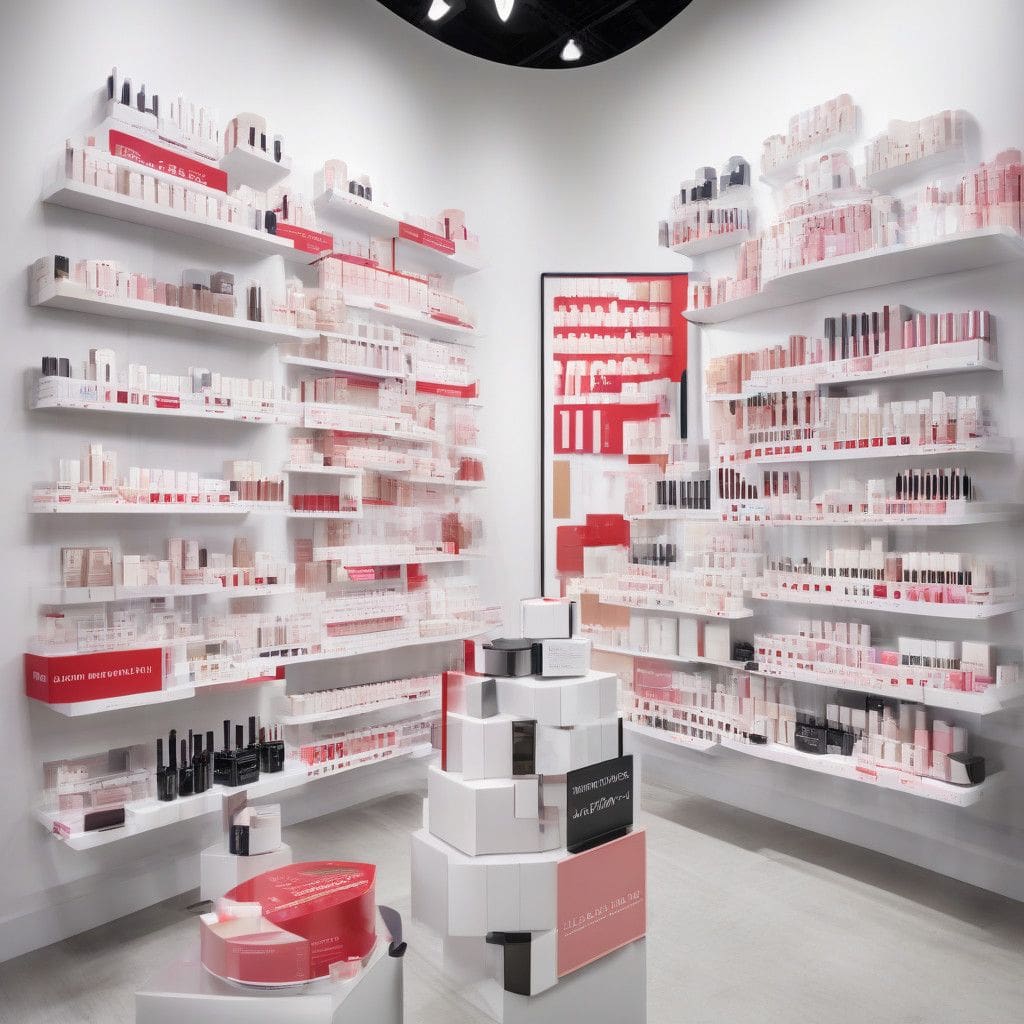As President-elect Donald Trump takes aim at foreign trade with plans to impose substantial tariffs, the beauty industry finds itself on the cusp of potential upheaval. His assertion that tariffs are “the most beautiful word” raises questions about the future operations of beauty brands that rely heavily on international supply chains. The implications of such policies extend far beyond political rhetoric, affecting margins, supply chains, and overall market dynamics for beauty companies.
Trump’s proposed tariffs, which could reach 60% on Chinese goods and 20% on those from other countries, are crafted to bolster domestic manufacturing. However, many beauty brands, such as E.l.f. Cosmetics, are already feeling the pressure, as they heavily depend on imports for their product lines. With approximately 80% of E.l.f. Cosmetics’ products made in China, the proposed tariffs threaten to drastically inflate costs and reshape their pricing strategy. The company forecasts possible price increases of around 20%, making products that currently retail for under $10 significantly more expensive—an adjustment that could alienate budget-conscious consumers.
While E.l.f. is positioned at the receiving end of these tariffs, others in the beauty sector may be better insulated against such shocks. For example, giants like Estée Lauder have diversified their manufacturing capabilities, sourcing a large portion of their products domestically. Their established presence in the U.S. manufacturing landscape gives them a competitive edge over brands like E.l.f., particularly in volatile economic conditions. Such strategies allow firms like Estée Lauder to better manage costs while investing freely in marketing and other key areas that drive growth.
The ripple effects of these tariffs are not confined to U.S. borders. Brands relying on raw materials from countries like Italy, Japan, and Korea also face increased production costs. A company like Jolie, which imports specialized elements for its shower filters from China, mentioned a potential price hike of 24%, pushing prices to $205 if tariffs are enacted. Such shifts may dampen sales and consumer satisfaction, especially in a market already seeing signs of consumer fatigue due to rising prices.
Another important dimension to consider is the potential for retaliatory tariffs or trade skirmishes that could arise as a result of these policies. Beauty brands may encounter consumer boycotts and a backlash that can further complicate their international sales strategies. As consumers grow wary of price increases, brands must tread carefully in their approach to pricing adjustments. Brands driven heavily by pricing, like E.l.f., may lose consumer relevance in a climate where better deals are actively sought, impacting long-term profitability.
In this challenging environment, companies are urged to reassess their supply chains. The urgency cannot be overstated; brands must evaluate their dependency on international suppliers for raw materials and finished products. Those with flexible supply channels and the ability to pivot quickly will likely emerge more resilient. Procter & Gamble serves as a prime example of effective supply chain management; with a robust domestic manufacturing network, they can adapt swiftly to market changes without significant losses.
Looking ahead, beauty companies must not only brace for the immediate fallout of these tariffs but also refine their broader business strategies. This might include diversifying production locations, enhancing sourcing flexibility, and investing in supply chain technology to streamline operations. Furthermore, brands should consider increasing awareness of market conditions among consumers, clearly articulating the reasons behind any necessary price hikes to maintain loyalty.
As the landscape evolves, it remains crucial for companies to monitor developments closely and prepare accordingly. Strategic adjustments today could help navigate the challenges posed by tariffs and bolster resilience in an increasingly competitive and price-sensitive market. Ultimately, success in this new terrain will hinge on the ability to remain agile and adaptable.












